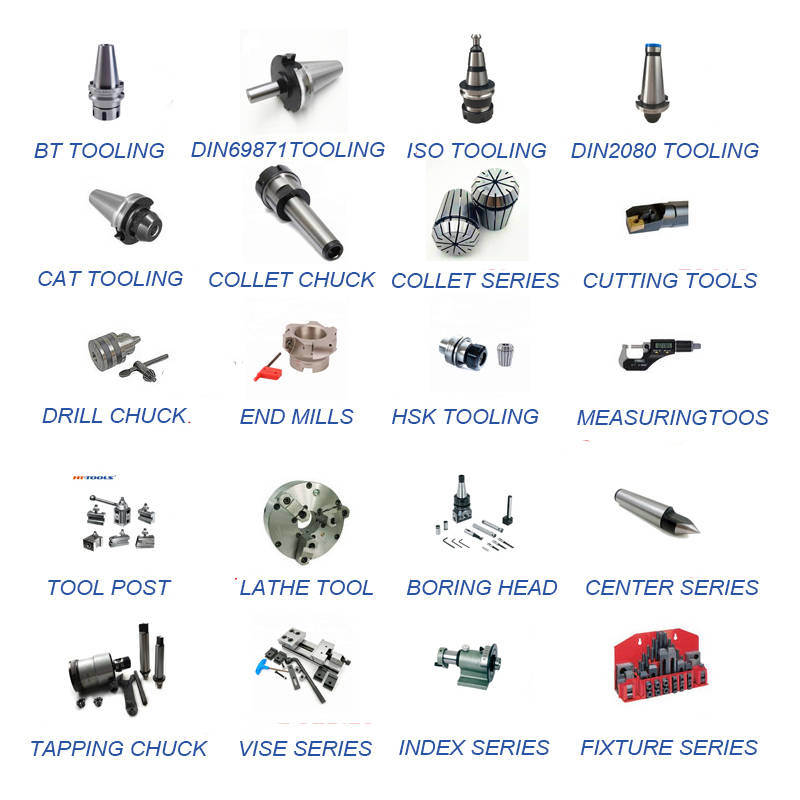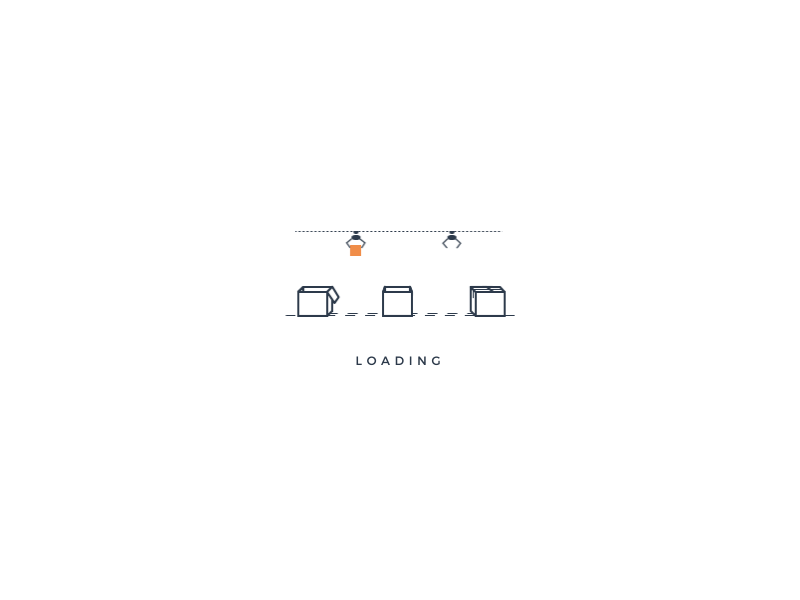.jfif)
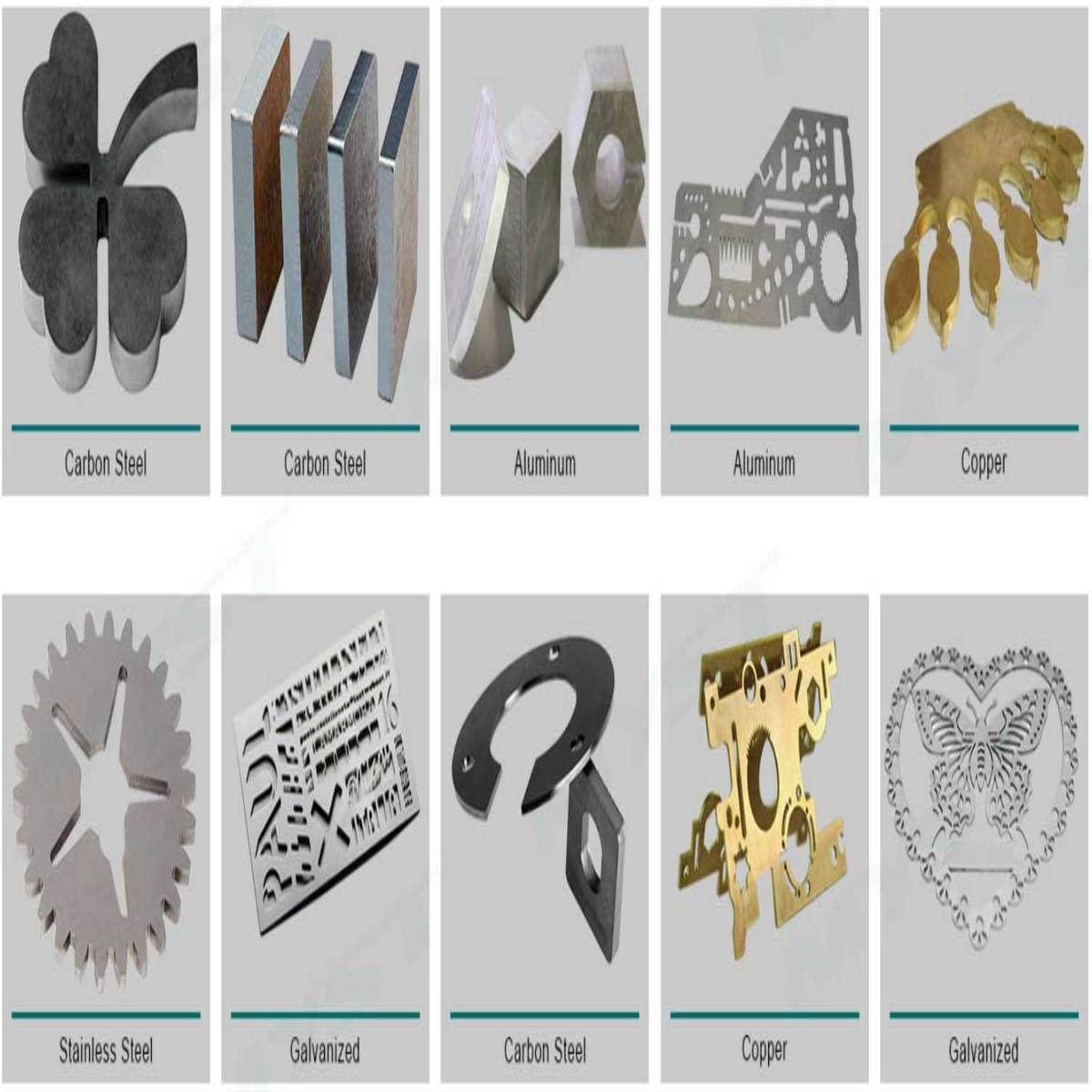
الخامات التي تستطيع قطعها ماكينة الليزر؟
ما هي المواد التي يمكن أن تقطعها آلة قطع المعادن بالليزر؟
آلة القطع بالليزر المعدنية لها مزايا طبيعية لقطع المعادن. المواد المعدنية لديها امتصاص ضعيف لأشعة الليزر. معدل الامتصاص الأولي هو 0.5٪ - 10٪ فقط. عندما يتم إشعاع شعاع الليزر المركّز على السطح المعدني ، يمكن أن يبدأ في الذوبان بسرعة بالميكروثانية. يرتفع معدل امتصاص معظم المعادن في الحالة المنصهرة بشكل حاد ، حيث يزداد بشكل عام بنسبة 60٪ إلى 80٪.
هناك سبع مواد يمكن قطعها بواسطة آلة القطع بالليزر.
1. الكربون الصلب. يمكن أن يصل سمك لوح الفولاذ الكربوني المقطوع بالليزر إلى 25 مم ، ويمكن التحكم في شق قطع الفولاذ الكربوني بواسطة آلية قطع تدفق الأكسدة ضمن نطاق عرض مرضٍ ، ويمكن تضييق شق اللوحة الرقيقة إلى حوالي 0.1 ملم.
2. سبائك الصلب. يمكن لمعظم أنواع الفولاذ الإنشائي وسبائك الفولاذ الحصول على جودة تشذيب جيدة باستخدام طريقة القطع بالليزر. عند استخدام الأكسجين كغاز المعالجة ، ستتأكسد حافة القطع قليلاً. بالنسبة للصفائح التي يصل سمكها إلى 4 مم ، يمكن استخدام النيتروجين كغاز معالجة لقطع الضغط العالي. في هذه الحالة ، لن تتأكسد حافة القطع.
3. الفولاذ المقاوم للصدأ. بالنسبة لصناعة التصنيع التي تهيمن عليها صفائح الفولاذ المقاوم للصدأ ، فإن القطع بالليزر هو طريقة معالجة فعالة. في حالة التحكم الصارم في إدخال حرارة القطع بالليزر ، يمكن أن يكون عرض المنطقة المتأثرة بالحرارة لحافة التشذيب محدودًا ، مما يضمن مقاومة جيدة للتآكل من الفولاذ المقاوم للصدأ.
4. على الرغم من الانعكاسية العالية والتوصيل الحراري ، لا يزال بإمكان سبائك الألومنيوم قطع مواد الألمنيوم الرقيقة ، اعتمادًا على نوع السبائك وقوة الليزر. عند استخدام الأكسجين ، يكون سطح القطع خشنًا وصلبًا ؛ عند استخدام النيتروجين ، يكون سطح القطع سلسًا. من الصعب جدًا قطع الألومنيوم النقي ، ولا يمكن قطعه إلا إذا تم تثبيت جهاز "امتصاص عاكس" على النظام ، وإلا فإن الانعكاس سيدمر المكونات البصرية.
5. النحاس وسبائكه. يجب أن يستخدم نحاس القطع (سبائك النحاس) طاقة ليزر أعلى ، ويستخدم الغاز المساعد الهواء أو الأكسجين لقطع الألواح الرقيقة. يتمتع كل من النحاس النقي والنحاس الأصفر بانعكاسية عالية وموصلية حرارية جيدة جدًا.
6. التيتانيوم وسبائكه. يمكن التيتانيوم الخالص أن يقرن الطاقة الحرارية المحولة بواسطة شعاع الليزر المركّز. عندما يستخدم الغاز المساعد الأكسجين ، يكون التفاعل الكيميائي عنيفًا وتكون سرعة القطع سريعة. ومع ذلك ، من السهل تشكيل طبقة أكسيد عند حافة القطع ، والتي قد تسبب أيضًا حرقًا زائدًا. لذلك ، فإن استخدام الهواء كغاز مساعد يمكن أن يضمن جودة القطع. إن كرة القطع بالليزر سبيكة التيتانيوم المستخدمة بشكل شائع في صناعة الطائرات هي أفضل. على الرغم من وجود بقايا لزجة صغيرة في الجزء السفلي من الشق ، فمن السهل إزالتها. يتم قطع صفائح التيتانيوم بالنيتروجين والنيتروجين كغازات معالجة.
7. سبائك النيكل. تعرف أيضًا باسم السبائك ذات درجة الحرارة العالية ، وهناك العديد من الأصناف. يمكن لمعظمها تنفيذ قطع تدفق الأكسدة بالليزر ، وجودة القطع جيدة.


.jpg)
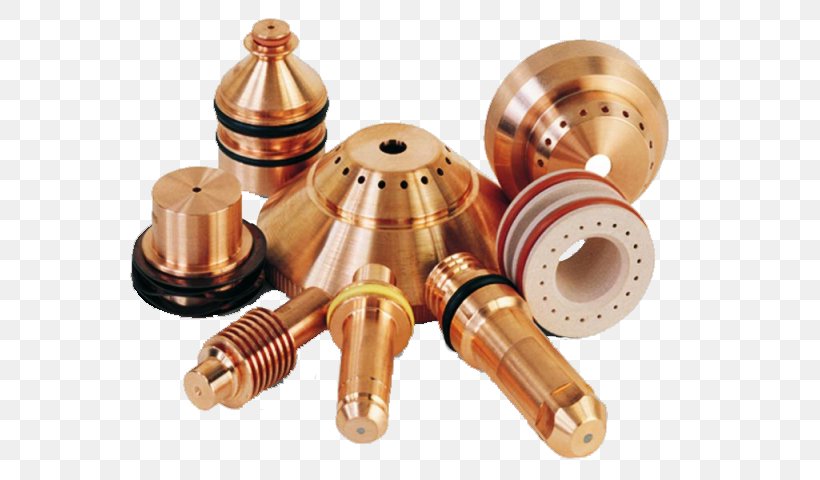

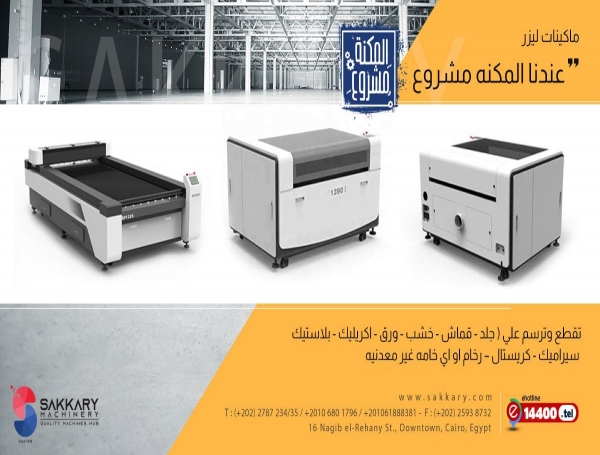
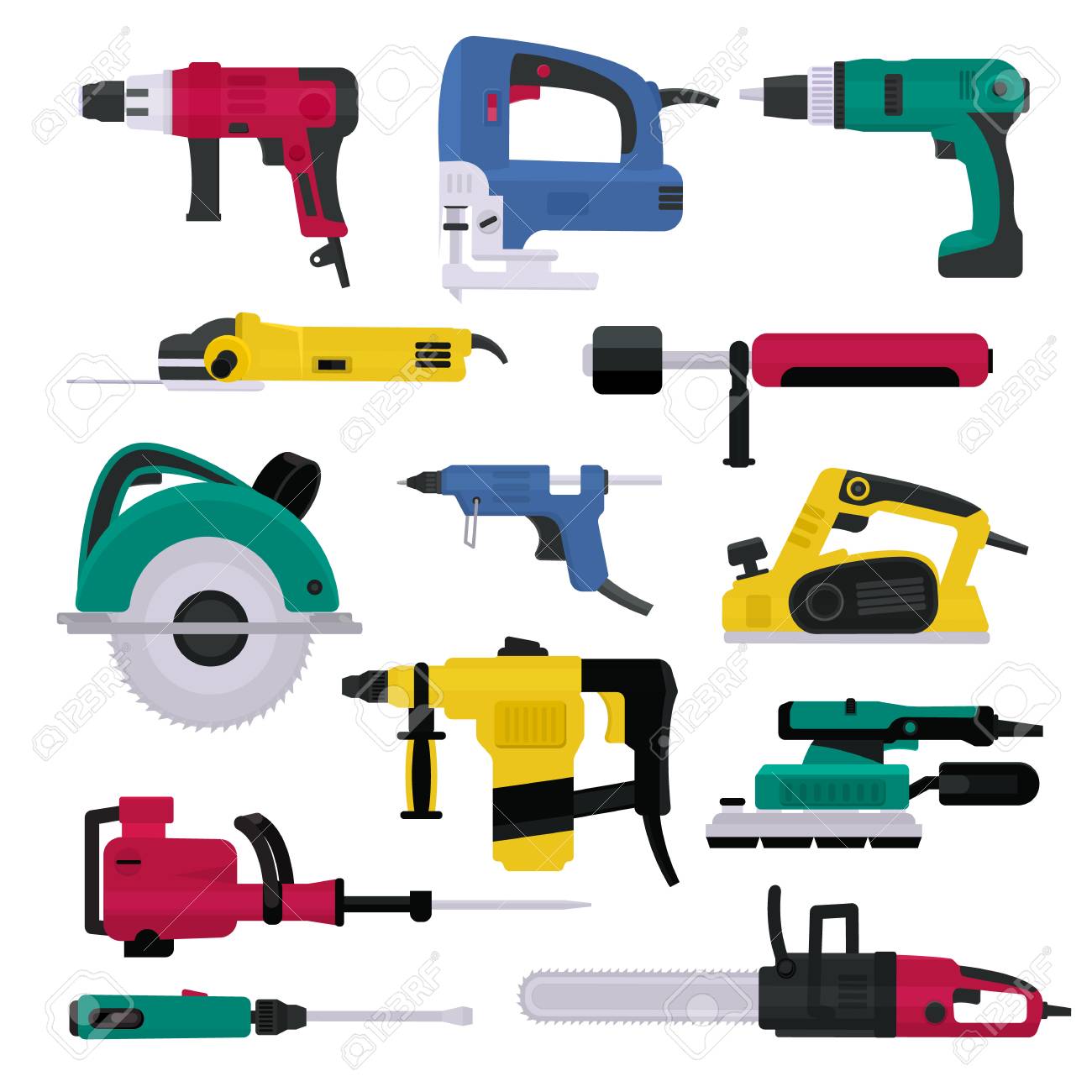 عدد كهربائية
عدد كهربائية
.jpeg) ادوات اسطمبات
ادوات اسطمبات
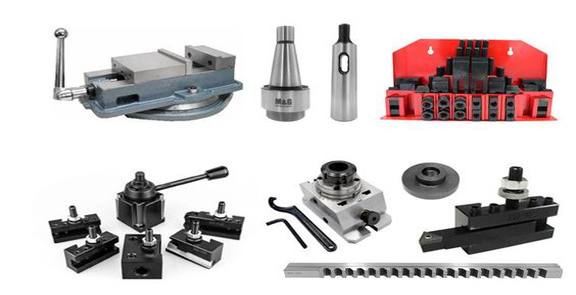
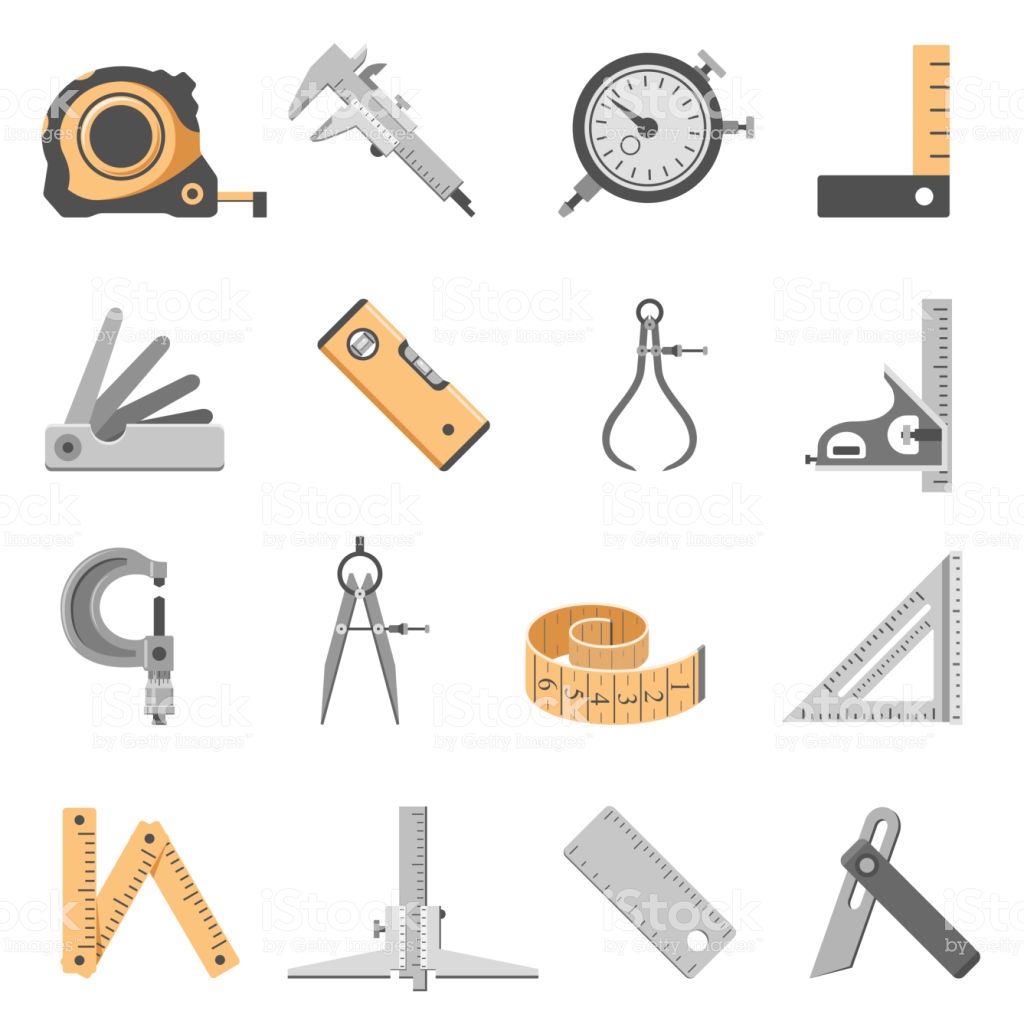 ادوات قياس
ادوات قياس
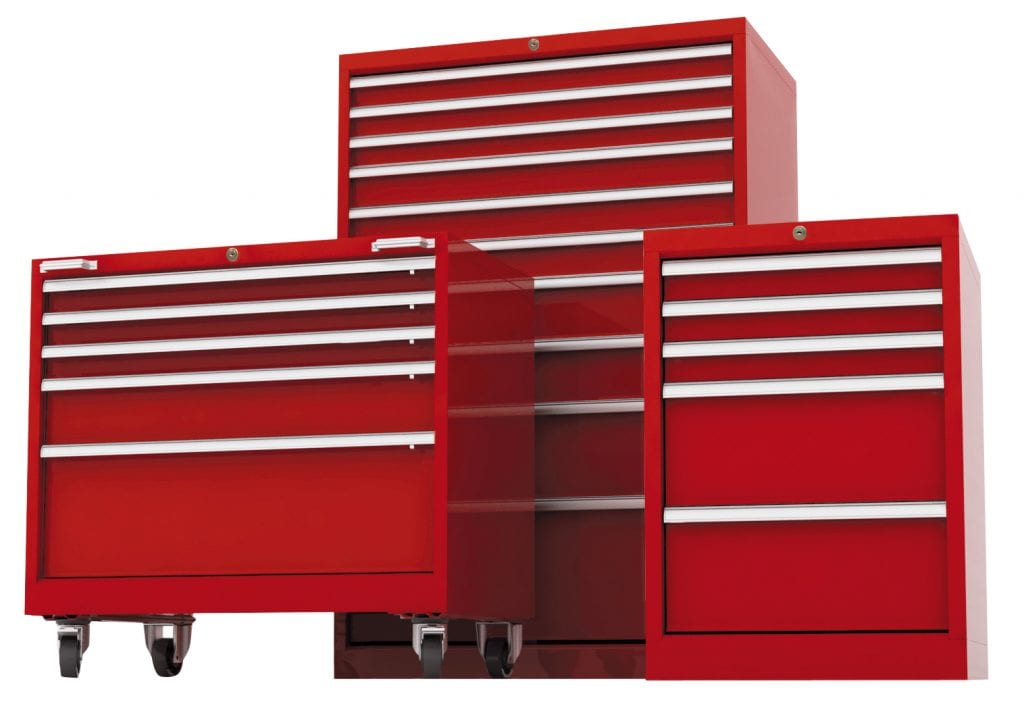 ادوات تخزين
ادوات تخزين
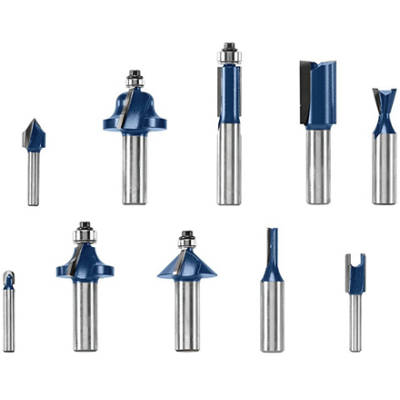 عدد راوتر اخشاب
عدد راوتر اخشاب
.png)
.jfif)
